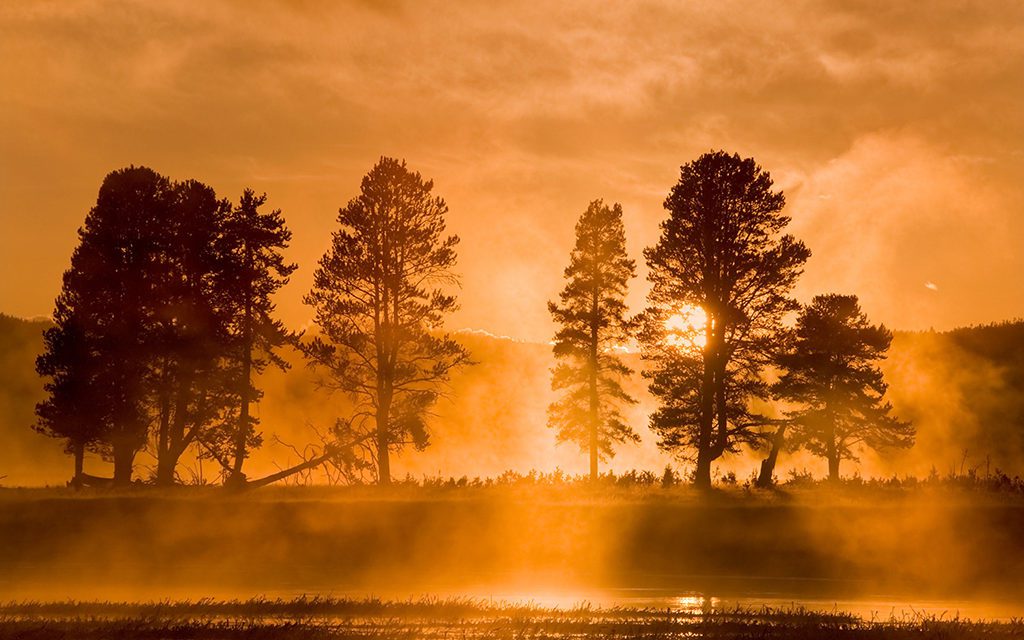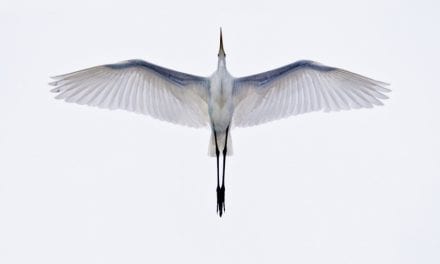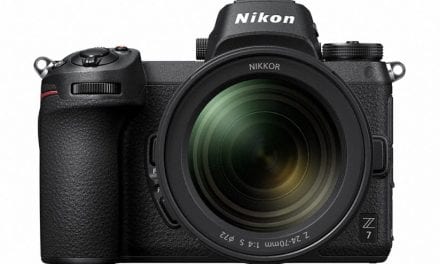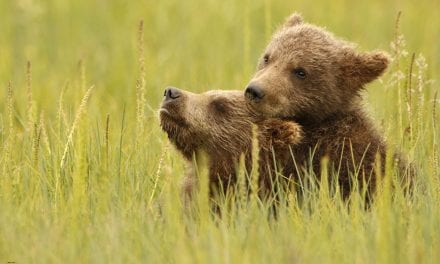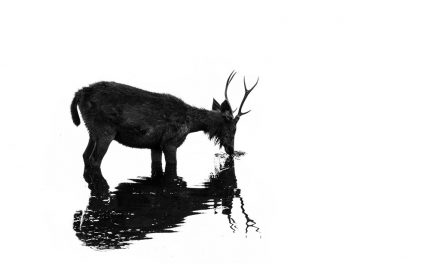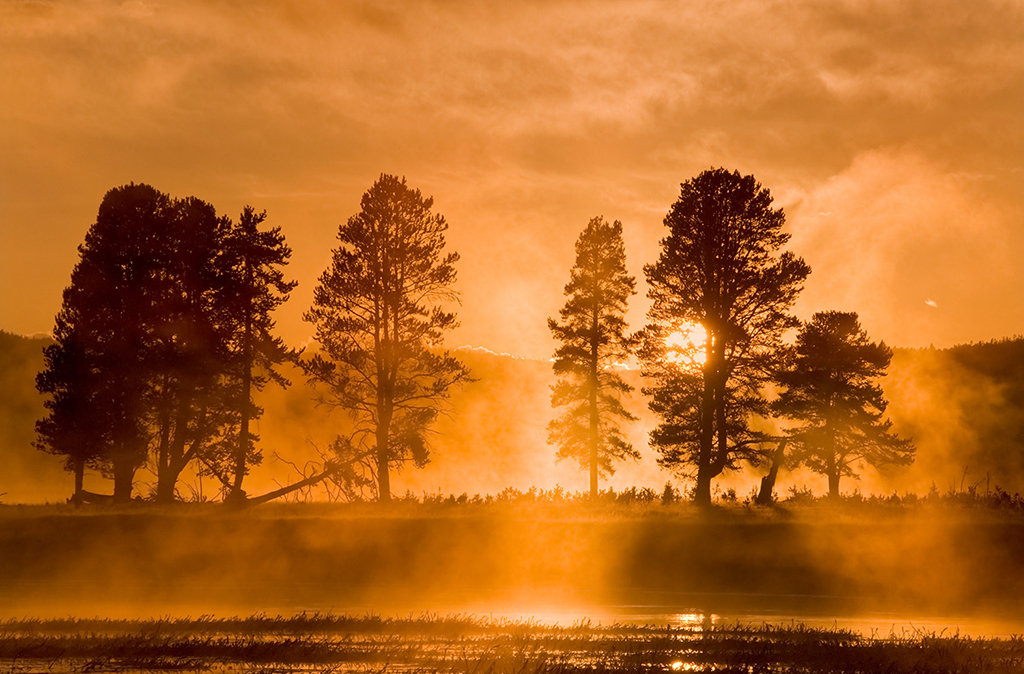
I remember looking at the amazing black-and-white prints of Ansel Adams of the sprawling landscape. His view of the Teton Range from the Snake River still resonates in my brain as do many of his other remarkably perfect images. I also remember looking through issues of National Geographic wondering how any photographer was able to get a full-frame portrait of just a lion’s face. Deeper research taught me about wide-angle and telephoto lenses, which explained how each image could be made, but it didn’t lower the amazement and jealously held for the stunning quality of each photo. I had to discover how these images were created and how I could mimic these visuals.
Try An Alternate Lens
As my photography evolved, those early seeds mentioned above naturally lead me to grab my wide angle when I went on a landscape photography trip and, conversely, grab all my long zooms for the times I went to photograph wildlife. As time went on, I continued to learn more tricks about each type of photography and how to utilize various lenses to acquire the best possible image, but after years and years, all my photos continued to have “the same look.” It was time to break the mold, think outside the box, rethink my focal lengths and alter my mindset.
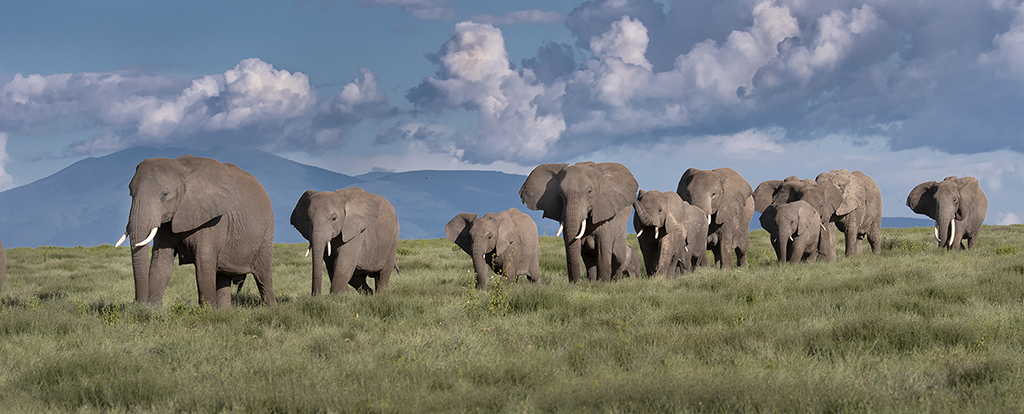
Wide Width Wildlife
As my passion gravitated toward wildlife, I knew I had to buy a long prime telephoto. No exaggeration, it took me 10-plus years to finally bite the bullet. I have to admit I love the effects it provides, but eventually, the novelty slightly dissipated. It certainly has its purpose and place, but that got me thinking…If a long prime has a specific purpose, so does every other lens and focal length. Why not use each for a given purpose? If a wide angle takes in a large field of view, so be it…
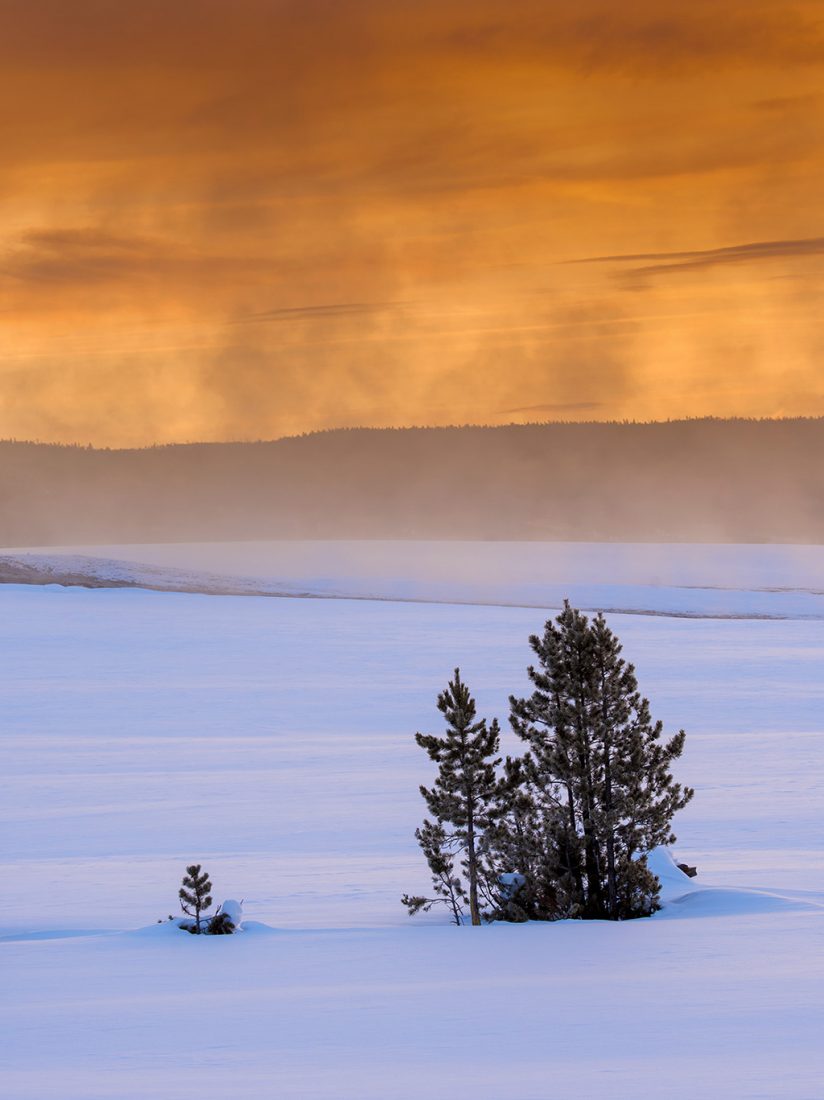
My passion for wildlife began when I went to the gorgeous national parks in which they dwelled. I grabbed a long lens each time I saw a moose, bison, bear, marmot, mountain goat, etc. But, then it hit me like a ton of telephotos all dumped on me at once. I’m in a national park that’s gorgeous. There’s a moose standing in the river. The river is below a gorgeous mountain. And the light and clouds are dramatic. If I photograph just the moose, I miss out on the beautiful scene in which it stands. Who needs a telephoto to photograph wildlife when the subject is in a gorgeous habitat? Why carry all that weight when a story can be told of a beautiful animal in a beautiful setting? Why lug a heavy tripod and gimbal head if the prize-winning photo can be made at 30mm? This began my quest of using an alternate lens for wildlife in the environment type images.
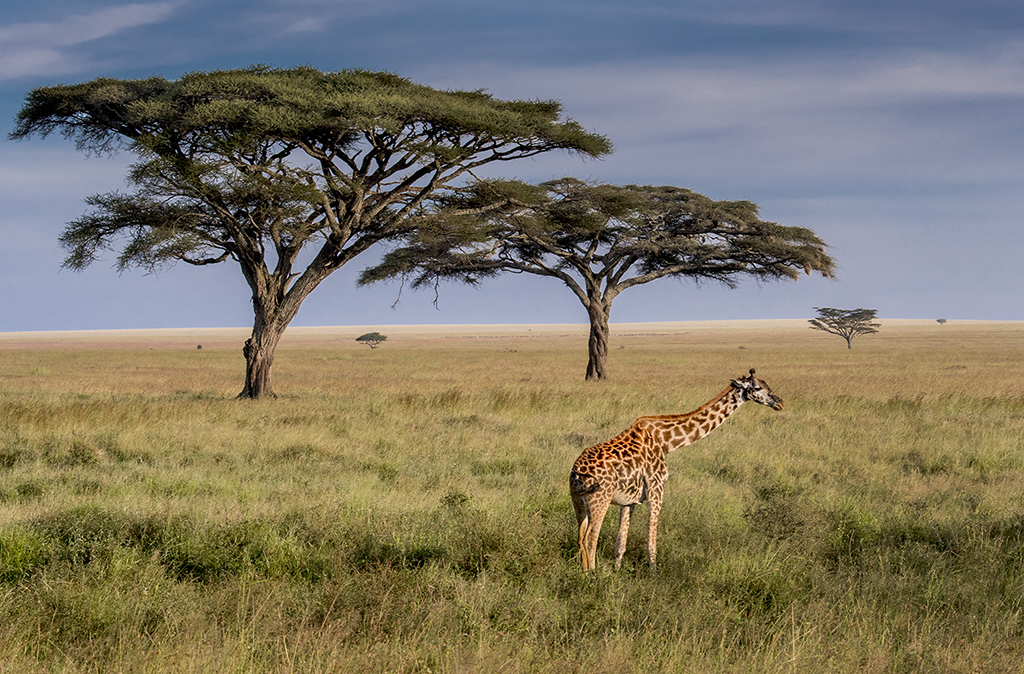
Of course, I’m exaggerating, but you get my point. I will still schlep all my gear, lug the heavy lens and do all the above, but I will also exhaust all possibilities. I’ll eliminate all variables and make sure I capture every wildlife subject with a telephoto and wide angle, as well as vertically and horizontally. I’ll no longer limit myself to my innate thinking that wildlife should be photographed with a long zoom set to its maximum focal length!
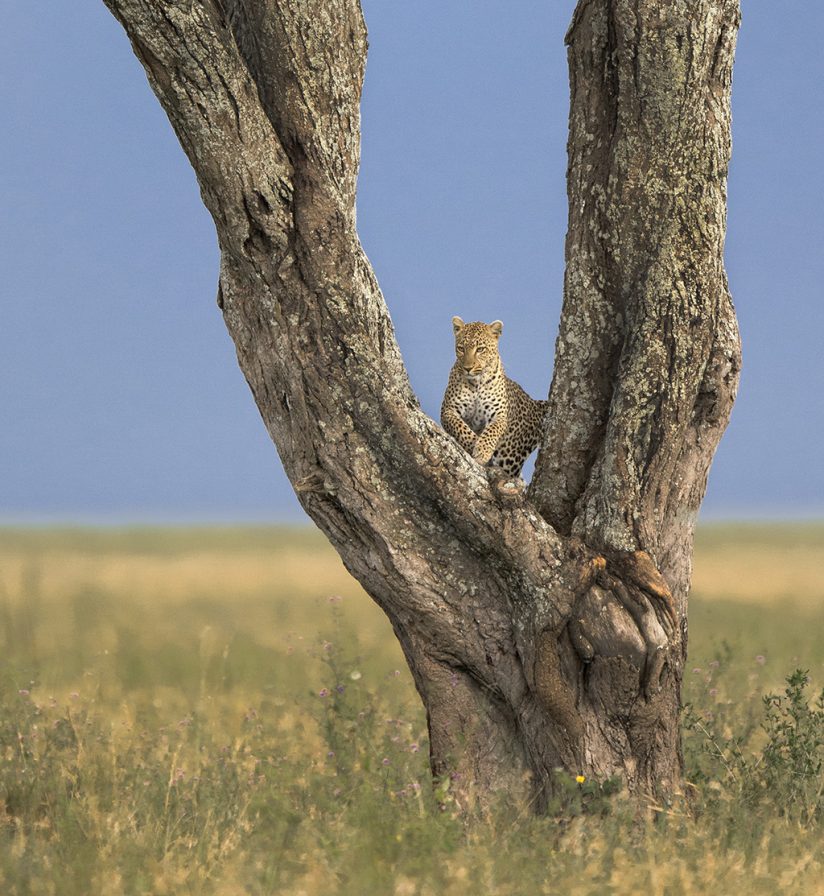
Long Lens Landscapes
Along the same vein as what I experienced as my wildlife photography evolved, a parallel universe compelled me to alter my mindset for my landscape photography. After repetitive excursions to each national park and also many I visited for the first time, I constantly used my “wide-angle eyes” to compose all my images. Once again, everything began to look the same and it was time to break the mold by using an alternate lens.
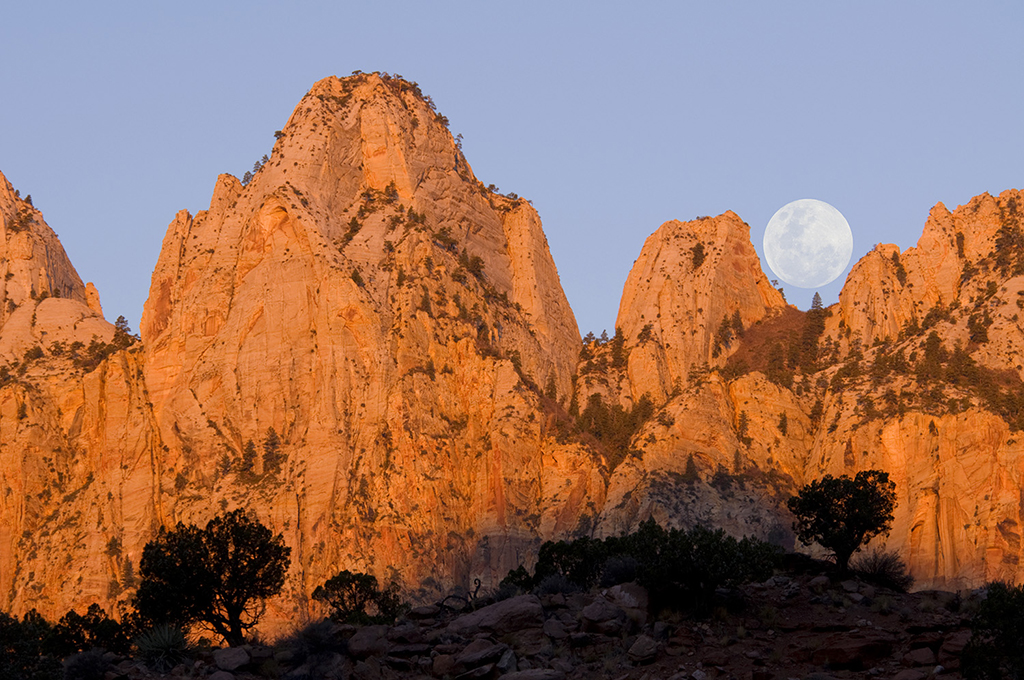
If I can use a wide angle for my wildlife, why can’t I use a telephoto for my landscapes? I began to narrow my field of view each time I encountered a scene. I studied small portions of how the light played upon the elements. I narrowed my field of view to key into small sections that piqued my curiosity. The more I did this, the more I came home with images that depicted much greater diversity in subject matter and light. I looked for subtleties of light as it played upon much smaller sections of what my eyes beheld. I was hooked. I began to walk around the national park using two camera bodies onto which one had a medium telephoto zoom. To this day, I do the same and I’ll never change—at least until I think of something new!
Repeat after me: I (fill in the blank with your name), promise to always break the mold, think outside the box, try an alternate lens, rethink my focal lengths and alter my mindset!
To learn more about this subject, join me on a photo safari to Tanzania. Visit www.russburdenphotography.com to get more information.
The post Reach For Your Alternate Lens appeared first on Outdoor Photographer.

